#MisjaStadion: #51-60, from Rzeszów to Stargard
source: StadiumDB.com; author: michał
 Five new stadiums, five updates presentations, moving us from 50 to 60 stadiums on the road to 100. You'll find venues from all across Poland in this set, with the sad exception of north-eastern parts, but we'll get there, too...
Five new stadiums, five updates presentations, moving us from 50 to 60 stadiums on the road to 100. You'll find venues from all across Poland in this set, with the sad exception of north-eastern parts, but we'll get there, too...
Advertisement
Though we've added the new stadiums first, let us recommend enjoying updated presentations from Warsaw (Hutnik), Międzyrzecz, Chojnice, Rzeszów and Gdynia first. Especially Gdynia, from which we landed some tasty aerials. For all the newly added stadiums you'll find descriptions and links to presentations below:
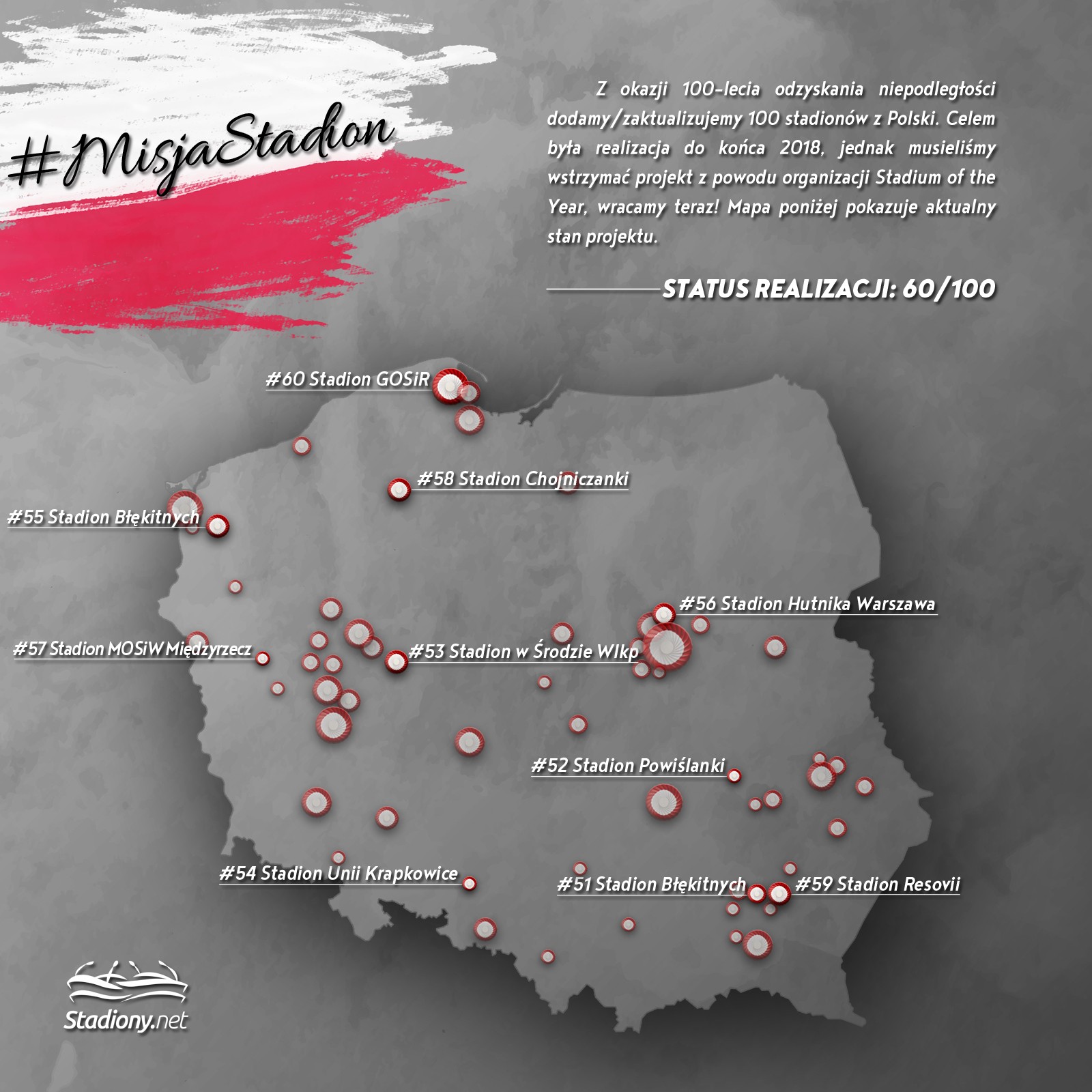
Stadion RCSiR, Ropczyce
Municipal stadium in Ropczyce (Subcarpathia) exists in its current form since 2014, when it was delivered after complete reconstruction, with new field and 4-lane running track. Though the ground already had a significant landfill grandstand before, it was completely demolished and replaced by a new structure.
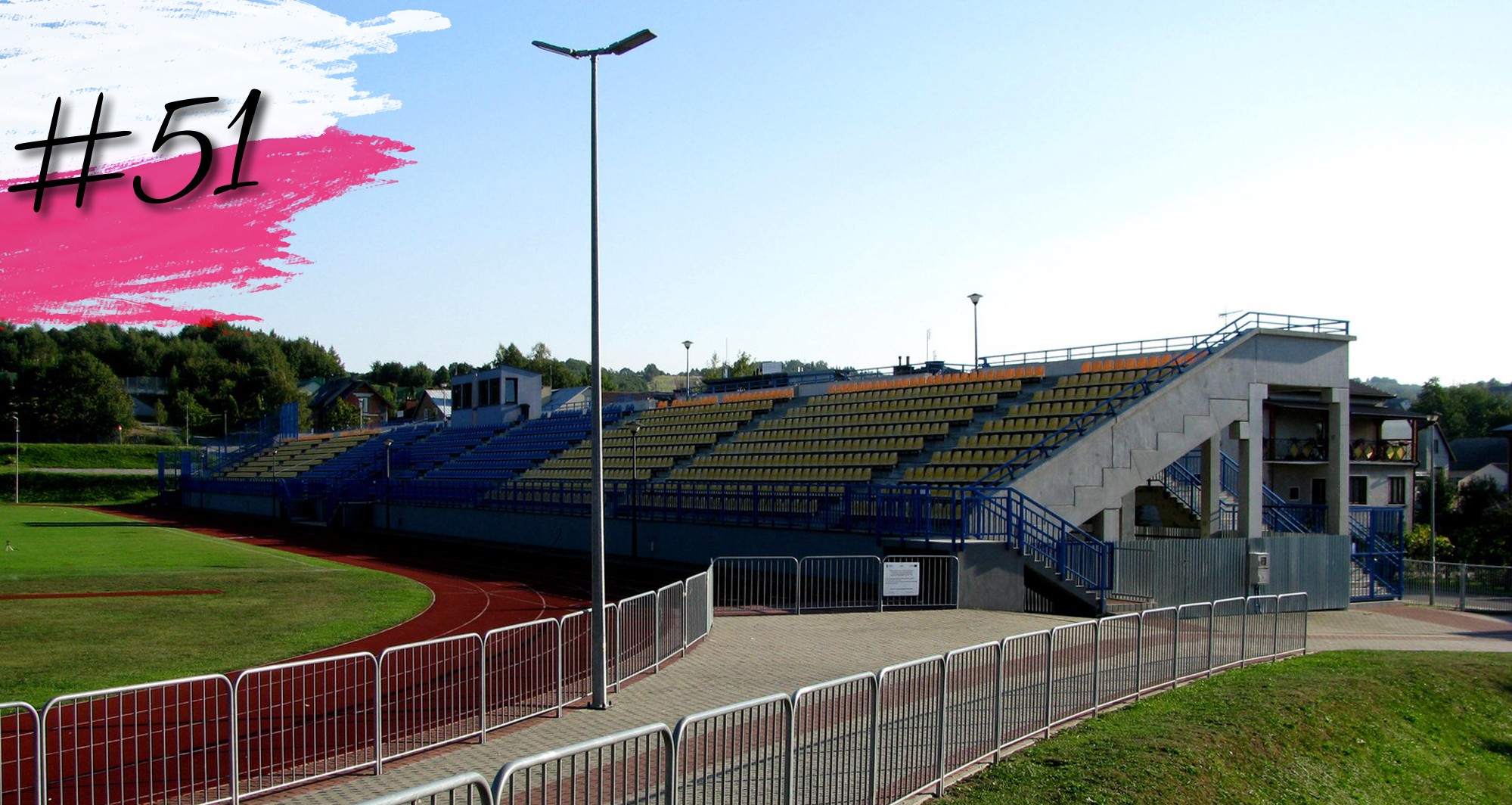
The western stand was erected with prefabricated concrete, with steeper rows and better sightlines. It also shelters a significant plaza below, used for maintenance storage. Financed largely by EU funds, the structure was designed from the start to receive a roof but that feature wasn't implemented initially due to financial limitations.
In 2018 the town undertook efforts to deliver the roof atop half of the stand. Once delivered, the stadium was to receive the name of Centenary of Polish Independence, celebrated in 2018. However, tender had failed and with no company interested in the project the roof was abandoned again. So was the renaming.
Stadion Powiślanki, Lipsko
Incorporated into partly natural steep land slope, the stadium lies east of town proper, charmingly sheltered from view by trees. Its bowl is worthy of a much greater auditorium but only two modest sections for fans were created due to low demand, one on each side of the field.
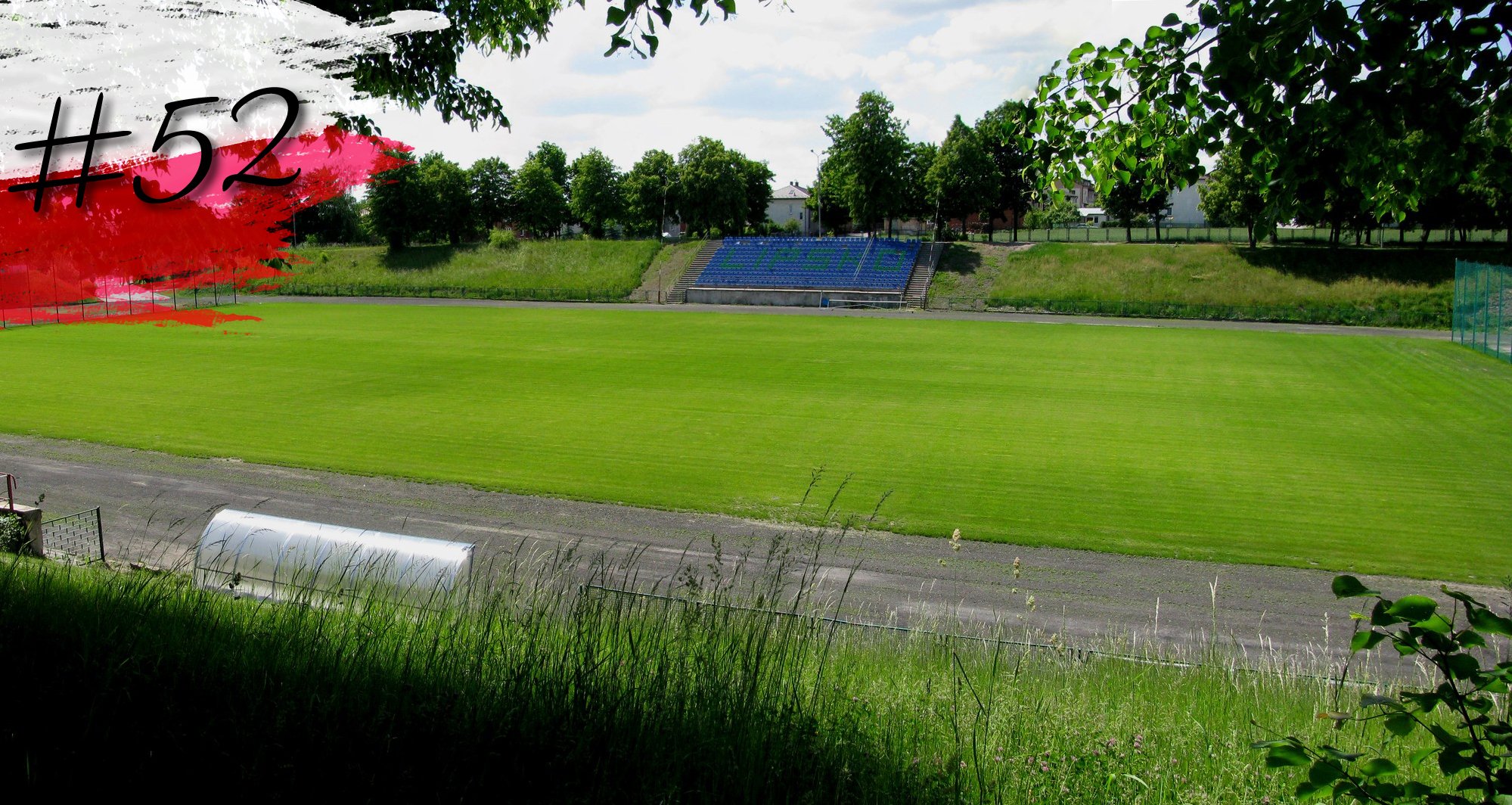
In 2009 the west stand was thoroughly modernised. Over 500 seats installed, fresh concrete poured and foundations for future roof over fans' heads. With no actual demand, the east side has remained deteriorating for years.
In 2016 the upper secondary field (placed behind north curve) was modernised. With much more space and more simple layout, it proved easier to adjust the secondary stadium to meet match regulations, making it usable by the first team of Powiślanka.
Stadion 700-lecia Środy Wielkopolskiej
The multi-use stadium in Środa Wielkopolska is the oldest piece of the town's main sport complex. It's neighboured by a hockey field (east), two training field (south) and football stadium (under construction, south east).
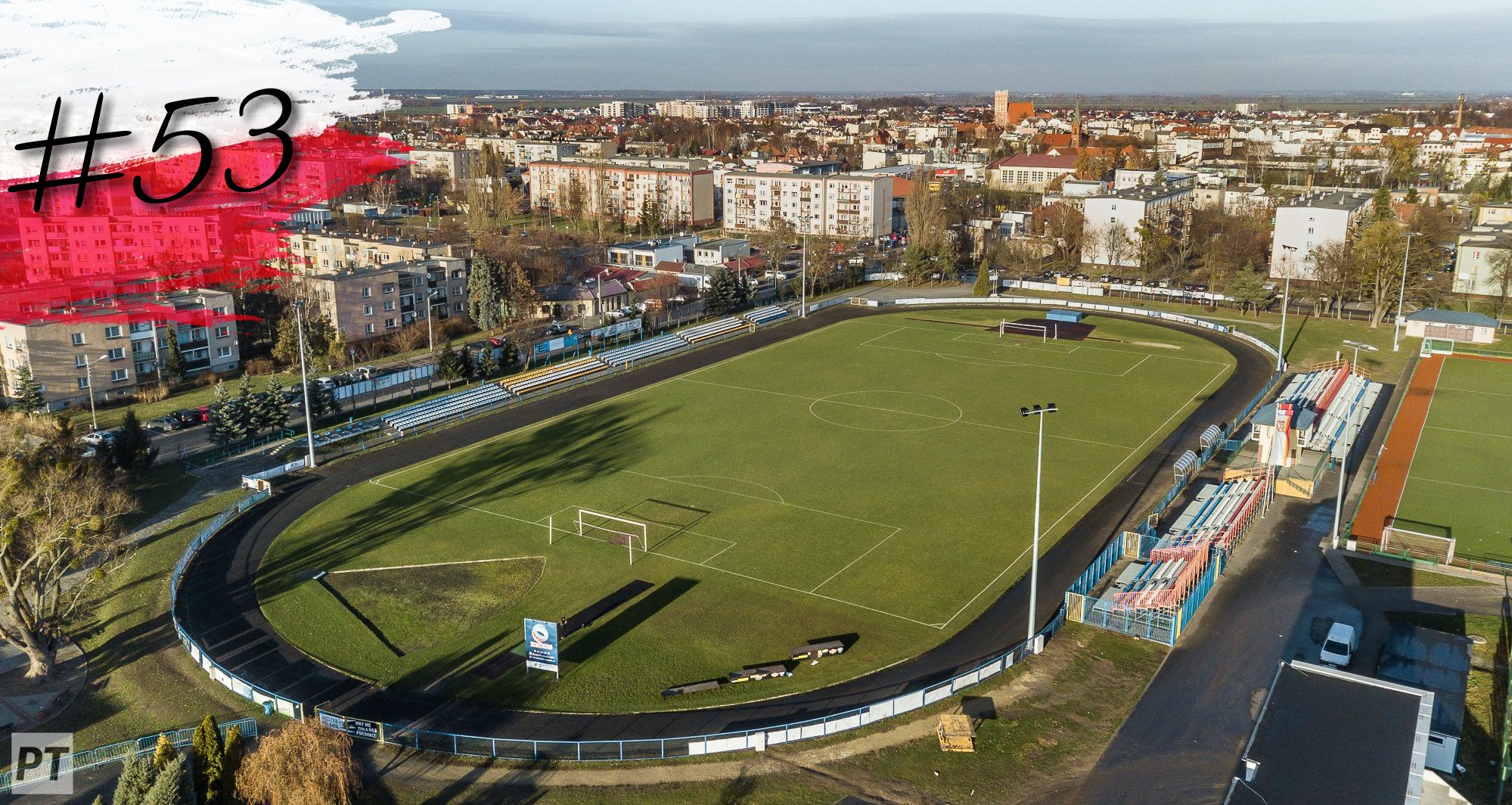
The west side is a modest landfill grandstand with 5 rows, dating back to socialist times. Meanwhile the east consists of three independent steel stands, all built around 2011. The smallest one is dedicated to away fans during football games of Polonia Środa. The most distinctive piece of the stadium is the tower with speaker/commentator's cabin in the east.
The stadium's name commemorates the 700th anniversary of Środa's location, which was celebrated in 1967. At that time numerous facilities around the town were built or improved, including the stadium. In that very year the word Wielkopolska was added to the town's name and thus the stadium's, too.
Stadion Unii, Krapkowice
Krapkowice's football stadium is located south-west of the town centre, beside local natatorium. For decades it's had only one grandstand, conjoined with modest building that houses changing rooms and basic maintenance facilities.
While the grandstand was renovated in 2013, it's yet to receive seats. Still, the safe capacity has decreased from 400 to 300 covered places.In total over 1,000 people can attend games when watching from perimeter of the field.
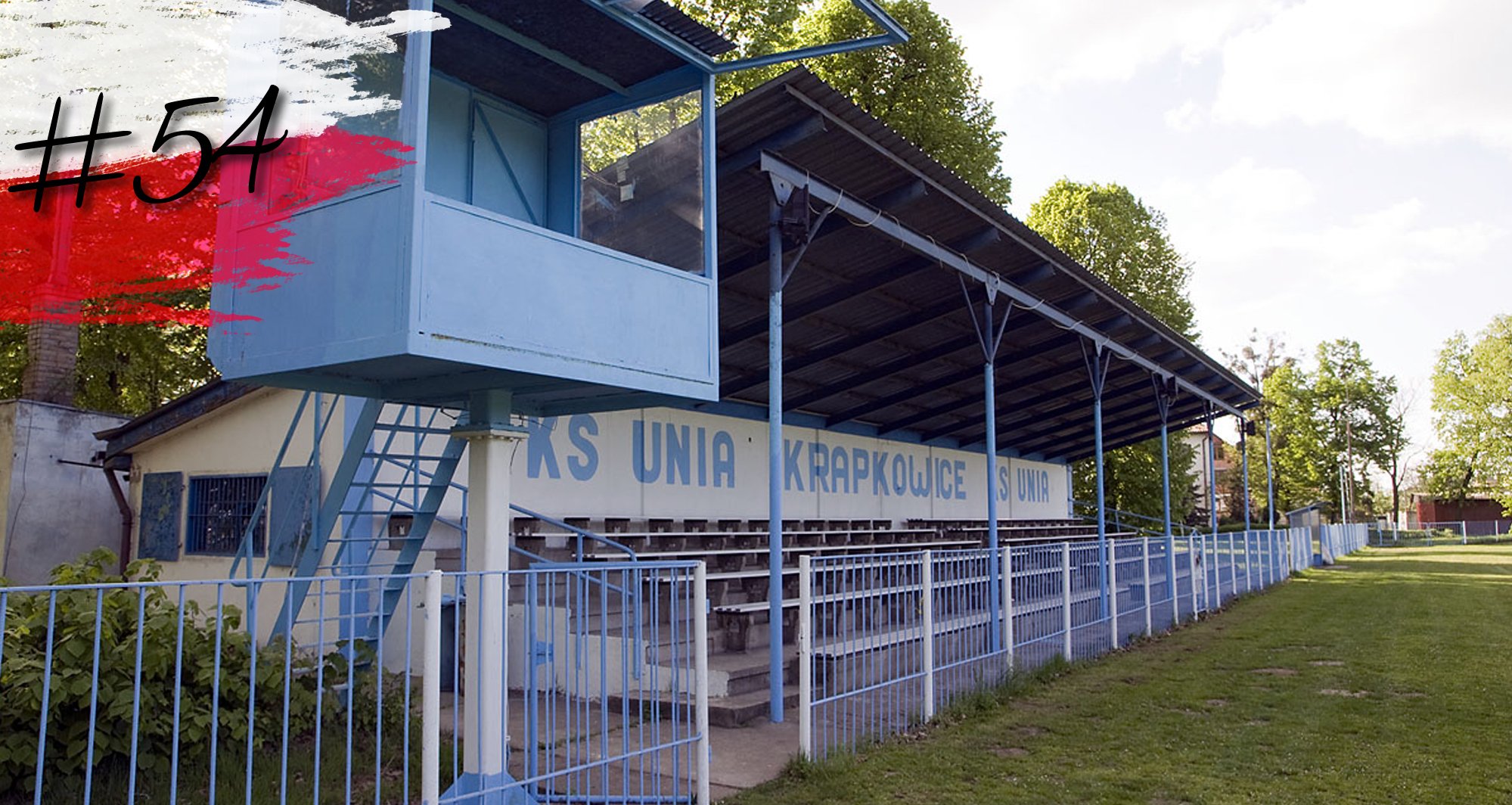
Stadion Błękitnych, Stargard
The main football stadium in Stargard is located in the north west of the city, within a complex of three pitches. While the secondary training field has floodlights for training purposes, the main stadium is yet to receive such system.
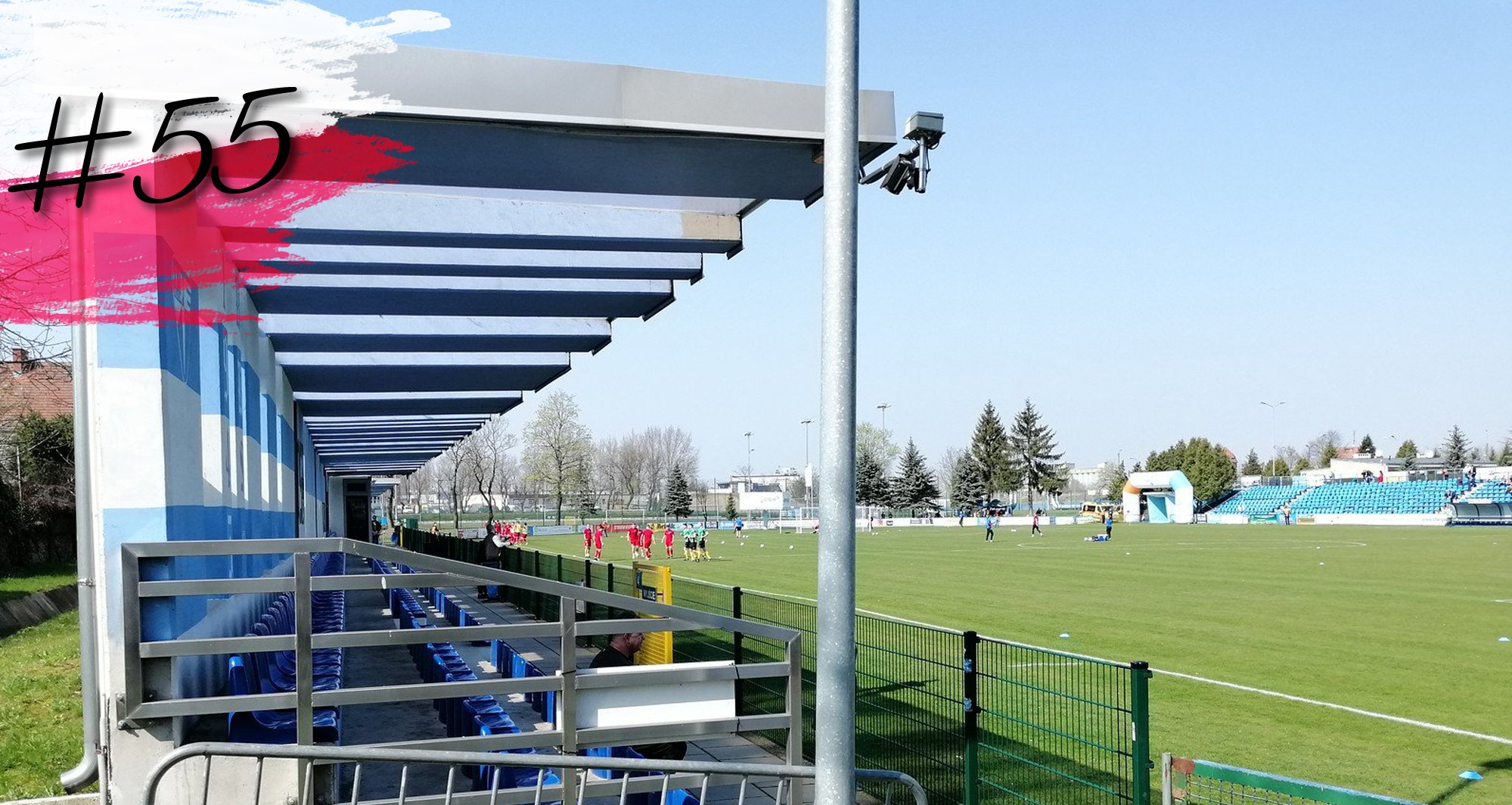
Following conversion to all-seater in 1990s, the stadium had to wait until 2014 for major infrastructural changes. Entirely rebuilt west stand is still rather modest with 444 covered seats, but has interesting shape and colour scheme, including a locomotive mural in the central part. Two years later, in 2016, all seats were replaced on the largest east stand, finally bringing the auditorium's colour to sky blue (Sky Blues is the translation of Błękitni).
The second mentioned intervention took place following the sensational advancement of Błękitni to the semifinal of the Polish Cup in 2015. In front of the home crowd they managed to beat favourites Lech Poznań 3:1 but were knocked out in extra time of the second leg. Still, that cup run remains Błękitni's biggest success to date. Also, the semifinal attendance of 2,500 is the highest recorded turnout since the 2014-2016 redevelopments.
The stadium has a rather unusual layout. While it has four independent grandstands, they're located on three sides only. Two identical structures were erected behind the south end. With insufficient demand, one of them has been closed entirely, while the other serves as the stadium's away section.
Advertisement
 StadiumDB
StadiumDB